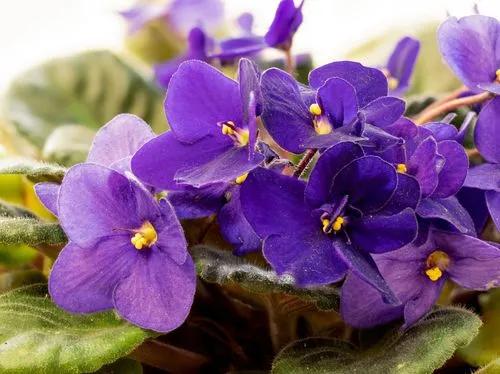Glabrous, usually perennial; stems usually branched from the base with decumbent, divaricate, straggling branches 20-70 cm. Leaves 8-22 x 2-11 mm, broadly elliptic-oblong to linear-oblong, mostly alternate. Flowers trimorphic, solitary in the leaf-axils, suberect. Hypanthium 5-6 mm, shorter than the subtending leaf, cylindrical-obconical, tapered gradually to the base, spotted with red near the base. Sepals broadly deltate, scarious; epicalyx-segments c. 1 mm, triangular-subulate, equalling or somewhat exceeding the sepals. Petals 5-6 mm, purple, sometimes white or cream at the base. Stamens 12, some or all exserted. Capsule much shorter than the hypanthium.
Creeping Loosestrife Care
Lythrum junceum



What is the plant
Best grown in medium moisture, well-drained soils in full sun to part shade. Tolerates some drought. Remove spent flower spikes to encourage additional flowering. Cut back to basal foliage in fall, or earlier if plant appearance declines. Appreciates a site protected from strong winds. Stems may be cut back in spring if shorter plants are desired. Plants may freely self-seed in the garden if spent flowers are not promptly deadheaded, however some self-seeding is desirable in order to keep this short-lived perennial in the garden.
How to Care for the Plant

Popularity

175 people already have this plant 29 people have added this plant to their wishlists
Ease your plant care routine with PlantIn's personalized system.
What's wrong with your plant?
Related Plants
Discover more plants with the list below
Popular articles






